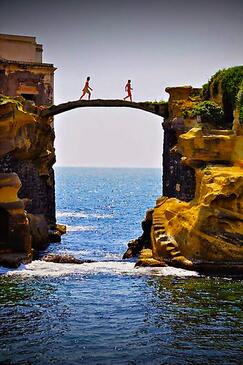 Well away from the throngs of tourists in other parts of Italy, the tiny double island of Gaiola just west of Naples is abandoned and ghostly. There are many legends about the place being cursed. In the early 1800s, the island was inhabited by a local hermit who everyone knew only as "Il Mago" (the Wizard). As most hermits, he lived a troubled, lonely life, existing on handouts of fish from local fishermen. Without warning, he mysteriously disappeared. It's not known if he cursed the island, but many unfortunate things came to pass for people who either lived on or owned the island. There is a small villa on one of the islets that has been occupied by many different types of people: A famous author, a Swiss businessman, a German investor, a pharmaceutical magnate, a steel baron, the Head of Fiat, billionaire J. Paul Getty, and an insurance company CEO. All met with strange fates either while on the island or shortly after purchasing it. Here's just a few of the cursed events:
The two twin islets are only about 100 feet from the amazingly rugged and beautiful coast of the Capo di Posillipo. Their main attraction is that they are akin to the original Siamese twins, joined by a narrow stone bridge that runs between them. In Italian, their name is Isola La Gaiola, which uses a variant of the local dialect word for cave (caviola), referring to the many small caves and grottoes are seemingly everywhere along this part of the coast. Area Marina Protetta Parco Sommerso di Gaiola For for SCUBA divers and and snorkelers alike, the waters surrounding Gaiola is a wonderful haven. They are a part of the Gaiola Protected Marine Underwater Park, a 100 acre marine preserve meant to protect the diverse marine ecosystem here as well as ancient underwater Roman ruins. Underwater ruins are scattered around the crystal clear waters. Some of the marine creatures here are found nowhere else on Earth. Consider the excitement of snorkeling among the underwater ruins of an ancient Roman temple.
If driving, you can reach the Park by driving down the Discesa Gaiola road, where you will find a car park on the left, followed by a short walk to the site. But be aware that in recent years, local police have placed a ban on vehicular traffic, from 7am to 7pm. You may also park up the hill on Via Tito Lucrezio Caro (there is a parking meter for tickets) and walk down the hill (15 minutes). And don't forget to check out the neighboring Archeological Park of Pausilypon.
Descent Gaiola (Cliff S.Basilio Cala), 80123 - Napoli Tel / Fax: 0812403235 Email: [email protected] Winter: from 1 to 31 October: daily except Monday at 10.00 to 14.00 from November 1st to March 31st: Tuesday, Thursday and Saturday from 10.00 to 14.00 Summer: from April 1 to 30 September: every day except Monday at 10.00 to 16.00 Calascio is a small village and "Rocca" (fortress) in the province of L'Aquila, in the Abruzzo region of central Italy. It is located in the Gran Sasso e Monti della Laga National Park. 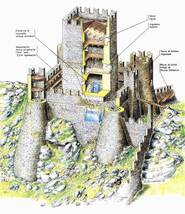 Rendering of how the Rocca used to look Rendering of how the Rocca used to look The earliest village on this site was of Norman origin since the 9th century AD. From the year 1000 onward, it came under control of the Barony of Carapelle (14th century), the Piccolomini family (15th century) and then to the Medici family (16th century), each in succession adding to and enlarging the massive fortress on the rocca above the village. Rocca Calascio, situated at 4800 feet in elevation, lies in an imposing landscape and is one of the most interesting military-defensive structures of its type. It is the highest and one of the oldest fortresses in Italy and affords amazingly dramatic photography, especially at sunrise and sunset. In fact, even Hollywood has been here before--as example--for the filming of Lady Hawke. The fortress dominates the southern side of the Gran Sasso mountain range. It has all the characteristic features of a medieval watchtower. The tower would have been transformed into the current Rocca during the 15th century. At first, there was only a single watchtower for military purposes. There is a walled courtyard with four cylindrical towers at the corners. A taller inner tower was added in the thirteenth century that collapsed during an earthquake centuries ago. The central tower was never rebuilt and today only the exterior walls remain. Curiously, during the time of the Medici, it was used to guard the paths used to move the royal flocks of sheep to their pastures. Parco Nazionale del Gran Sasso e Monti della Laga The real draw to this part of Abruzzo is the surrounding natural landscape with amazing biodiversity... flora, fauna, waterfalls and gorges. Gran Sasso e Monti della Laga National Park covers an area of 580 square miles and is one of the largest parks in Italy. It offers skiing, trekking, mountain biking, horseback riding, mountain climbing, paragliding and more. In addition, from June through October there are over 200 festivals and sagre (food festivals), so your culinary and cultural apetite will surely be satisfied. The Park consists of three mountain groups: Gran Sasso d'Italia chain, Laga massif, and Gemelli Mountains. The Park is also characterized by the presence of the highest peak of the Apennines, Corno Grande at nearly 10,00 feet tall. The most southern glacier in Europe is located here too--the Calderone. Trekkers might be surprised by the prescence of the Osservatorio di Campo Imperatore, a telescopic observatory high up on a mountaintop along with its own botanical garden. In the town of Fonte Cerreto, there is a large funivia (cable car) to take you up to the top of the mountain. Bottom line... if you love mountains, nature and back country activities, a visit to the Park and Calascio will be a great alternative to the "must see" tourist site in Italy. --GVI 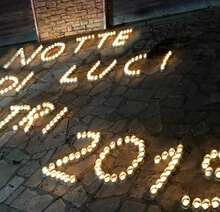 Starting a new tradition to celebrate the holiday season in 2018, the town of Itri in Lazio hosts Notte di Luce, illuminates its historic center with over 22,000 glass jars with candles. The lights are artistically designed by scores of volunteers in magical and surprising ways, turning the village into a glorious flickering wonderland. It's amazing that the candles all get lit within a short period of time at the beginning of this wonderful evening. The luminaries are hung on windows, doors, over streets, on facades of buildings and even on the steps and stones visitors walk upon. If you want to enjoy the holiday festivities of small-town Italy, Itri might be just the place to be. This is certain to be a tradition that continues for years. City of Itri Tel: -07717321 Web Site: comune.itri.lt.it 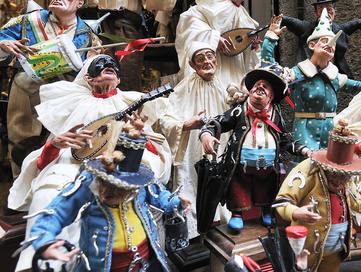 Italians love their presepe (nativity scenes). They buy them, they collect figures, they even make them from scratch and compete in their local competitions. And no where do they celebrate and promote the presepio as much as on Via San Gregorio Armeno in Naples. In fact, it's an all-year-round thing, so if you visit Naples in the summer, plan ahead and buy a presepe and some figures for next Christmas. If not, try visiting when the shops are gearing up for the holiday rush and putting out their newest creations during September or October. This street is packed full with shops selling artistic Italian style nativity figures and structures on which to display them. Many of these are actually wonderful examples of artistic talent, a craft passed on from generation to generation. Visitors can even watch how they are made in the workshops and studios--hands, feet and heads in terracotta, and clothing from fabrics or cartapesta (Papier-mâché). Still other craftsmen create all manner of structures like barns, villas, temples or entire villages out of plaster and paint. In recent years, presepe figures have been made to mimic popular culture. You'll find not only the Pope, but soccer players, movie stars, politicians and recording artists. Want to see what the inside of the Leaning Tower of Pisa looks like?
Now you can... take this 360 degree interactive tour! Click on the photo above to view the video, then navigate with your mouse. Click the photo BELOW to see a 360 degree video of the Piazza dei Miracola!
Siena Cathedral (Duomo di Siena) is a medieval church in Siena, Italy, dedicated from its earliest days as a Roman Catholic Marian church, and now dedicated to the Assumption of Mary. Previously the episcopal seat of the Diocese of Siena, from the 15th century the Archdiocese of Siena, it is now that of the Archdiocese of Siena-Colle di Val d'Elsa-Montalcino.
The cathedral itself was originally designed and completed between 1215 and 1263 on the site of an earlier structure. It has the form of a Latin cross with a slightly projecting transept, a dome and a bell tower. The dome rises from a hexagonal base with supporting columns. The lantern atop the dome was added by Gian Lorenzo Bernini. The nave is separated from the two aisles by semicircular arches. The exterior and interior are constructed of white and greenish-black marble in alternating stripes, with addition of red marble on the façade. Black and white are the symbolic colors of Siena, representing the black and white horses of the legendary city's founders, Senius and Aschius. No, the photo above was not take in Venice. It's Las Vegas--the Venetian Hotel and Casino. This photo has actually been mistakenly used to represent the real Venice in at least one well known article. It's all stage set, plastic, and chlorine treated pool blue water. “We are not going to build a ‘faux’ Venice,” said Sheldon Adelson, when he first announced plans for his Venetian resort and casino. “We’re going to build what is essentially the real Venice.” Really? 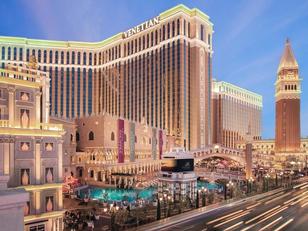 I mean, sure, the London Bridge has been in Lake Havasu City, Arizona since 1964... but it's the actual London Bridge, bought and paid for from England, stone by stone, rebuilt into a modern little town spanning a small man-made lake. But this "real Venice" in Vegas in the middle of Sin-City is all smoke and mirrors--plastic ones at that. Many who have been to the real Venice would tell Mr. Adelson, “You didn’t get the smell right”, (a compliment to Venezia). Venezia is real. It's history. It's gritty and more than just a little wet during the winter. You can get lost in its back streets in proximity and in time. Vegas is Vegas. It's for gamblers and posers or worse. It for shoppers looking for designer labels or tourist kitsch. It's a casino, a huge hotel and a shopping mall. It's for the lazy tourist. It's not for real Voyagers. In this Phony-Baloney Venice, a visitor can pull into the Doge’s Palace driveway and in one glance see St. Mark’s Square with its campanile, the twin columns topped by Saint Theodore and the winged lion of St. Marks, the Campanile, the Sansoviniana Library, the Ca’ d’Oro palace, and both the Bridge of Sighs and the Rialto. There are no driveways in the real Venezia. The Palazzo Ducale (the Doge's real name) has gondola slips just outside in the canal--no driveway. In the Vegas's Venetian Hotel, the gondoliers have to actually audition as singers and hired as entertainers. This is the primary concern when hiring a phoney-gondolier. In the real Venezia, gondoliers follow a 900 year tradition of fathers to sons (and recently, daughters), essentially being born into the profession. They have to take strict boating exams and are expert in both navigation and weather. Although some are know to have good singing voices, it's not a requirement to get a gondolier's license. In Vegas, their gondo-tainers wear walkie-talkies, boom microphones and perform on a schedule. In the real Venice, one has to wander, explore, take a gondola or water-taxi perhaps to other islands in the lagoon, or walk the back streets and canals to see all the mysteries and wonders the ancient city offers the real Voyager. That's what real Voyages are... a slow, purposeful exploration. Soaking in the light and smells and colors and tastes and sounds and textures of the environment. There's nothing phony about Italy or Venice. We suggest turning your back on places like these re-created phony vacation spots, including all things Disney, unless you have 4-7 year old kids. And even then, wouldn't you rather have your child experience walking in real dinosaur prints (yes, in Italy), seeing where real cavemen lived (Italy again), exploring real castles (everywhere in Italy), looking into the crater of a real volcano (Italy), seeing where real gladiators fought to their deaths (yep, Italy) and experiencing real snow-capped mountains (of course, in Italy)? And don't get us started on the authenticity of the food and the people... OK, and don't forget gelato for the kids. Come on... get real and get to the real Italy. --GVI 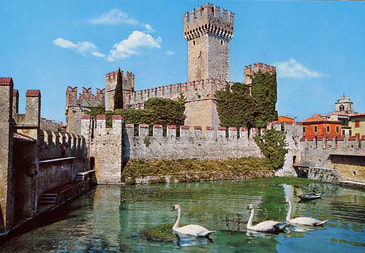 Castello Scaligero in the commune of Sirmione sits on a thin peninsula jutting out into the southern end of Lake Garda. Essentially, the ramparts of the castle function as a small fortified harbor for what was the Scaligera fleet. The castle has a de facto moat (the surrounding lake) and even a drawbridge through which visitors enter. There are 146 steps which take you up to ramparts of the walls which look down upon the little harbor. There is a small walkway around which bowmen would be stationed to ward off any intruders from the lake in addition to defensive towers. Castello Scaligero is perhaps the best preserved castle from medieval times in Italy, constructed in the middle of the 13th century on top of the remains of an ancient Roman fortress. Taking over a century to build, two courtyards and an other fortifications were also added. In 1405 the Republic of Venice took control and strengthened the castle even further. 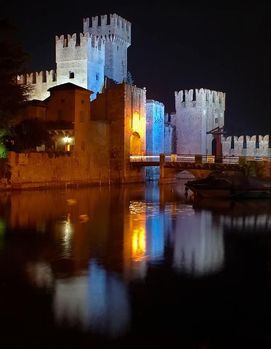 If you decide to visit, consider that in high season Lake Garda can get very busy. Still, there is so much to do in the surrounding area, even water parks and campgrounds if you're so inclined: Sirmione Historic Center - After visiting the Castello, take a stroll around the old town of Sirmione. There are shops, restaurants, gelaterias, pizzerias and beautiful architecture. Be sure to take in a passaggiata (stroll) at dusk to Piazza Callas and its pier that juts out into the lake. Archaeological site of Grotte di Catullo - Ruins of a sizable Roman villa on a peninsula with an olive grove & a nearby archeological museum. Can get crowded in high season but worth a visit. Camping Village San Francisco Mantua & Peschiera del Garda - Mantua is a wonder town surrounded by manmade lakes which create a huge moat. Peschiera del Garda is a "water" town--surrounded on all sides by the River Mincio which connects to the lake. Lake Garda Cruises GVI Travel Tip: Best visited in the off season.
One of the most beautiful towns we visited in Puglia was Polignano al Mare. We walked the old historic center, took lots of photos, and were amazed by their beach, hugged by rocky cliffs of the Saracen Cove on either side. One of the most unusual offerings is the Grotta Palasezze, a restaurant built into a large grotto hanging just meters over the sea. If you frequent pretty much any social media sites about Italy, I'm certain you've seen photos of the place. It's definitely jaw-droppingly beautiful.
To be honest, Voyaging with an eleven-year old, we decided not to go there for dinner. You see, I had researched this place before our Voyage ever started. Not simply because we thought it wasn't kid-friendly (it really isn't), and not because our (then, 11 year-old) son Lucas wouldn't enjoy it. In actuality, he has a very sophisticated palette and handles him self very well whenever we go to posh places. We're always given compliments about him--ever since he was a toddler. There were two other main reasons... 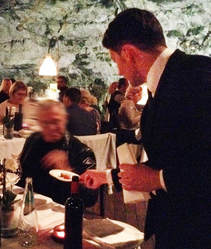 Prim & proper waiter Prim & proper waiter
One is the price. This place is very expensive. You're paying for their uniqueness and the view. They charge €10 per person for cover. They'll charge you €50 for a €10 bottle of regional wine which you can usually find in a local alimentari for around €6, but the rest of the wine list will cost from €100 - €600 a bottle. (We tend to like moderately priced, good wines and never pay over-inflated restaurant prices when we can avoid it). You'll pay another €45 or so for a single serving aperitivo. Then another €45 for la primo of pasta or risotto and €45 per secondi--fish or meat entrees. And be careful about surcharges ("market price") for things like shrimp and prawns (up to €150 a pound or more!) If you want to have a six plate tasting menu instead, that'll set you back €140 each. For dessert, a semifreddo is about €15.
So, given the exchange rate when we were there, if we did three tastings, one bottle of mineral water, desserts and no wine, we still would have spent over $600! The second reason we opted no to go? This place is way too formal for our tastes. I mean, the waiters usually are dressed better than the clientele. There is an old-school dress code in place here... but the odd thing is, they really don't enforce it (for nicely dressed people), otherwise they'd be turning away most of the more casually dressed tourist clientele. Just don't show up wearing shorts. They will turn you away with a real attitude, reservation or not. This is the new millennium, after all. "Dress codes" are pretty much meaningless, so why should the wait staff have to dress so darned stuffy, too? It's damned off-putting. Besides, if I'm going to be paying such over-inflated prices, I should be able to dress any damned way I want. In reality, you get an odd mix of tourists dressed nicely but casually, mixed in with a few locals dressed for their "bella figura" having dinner for a special event--anniversary or whatever. And in the end, there are two things that prove this is an overpriced place marketed to foreign tourists: The menus are printed in both Italian and English--a sure sign of a tourist joint. Secondly (according to many online reviewers, and perhaps most important of all), the staff tends to rush you along through your meal, unlike most ristoranti. It's the Italian custom never to rush through a meal--especially when you're in a restaurant. Most local places expect to have only one cover per table each night. People may take 4 hours to enjoy their meal and conversation. At Grotta Palazzase they are trying to move you out of the way so they can have at least two sittings each evening, perhaps as many as four. Not very Italian of them, is it?
As it turns out, we still enjoyed the views of the sea at a chic bistro-pizzeria at the other end of the little bay, and had wonderful wine, fantastic aperitivi, the best pizzas in all of Italy and amazing desserts--all for around €60 for the three of us--at Terazza Pizzeria.
In the end, if you really want to have the experience of dining in Polignano al Mare, try the Terazza Pizzeria (very affordable, casual), or Il Bastione (affordable, casual) with an outdoor dining terrace hanging on the cliff above the Cove. It has a dramatic view of the Cove and its houses clinging to the cliff with a more affordable and diversified menu. (How does €60 for two sound?) The views will stay with you forever--along with most of your cash! If one compares the photos of the dishes served in Il Bastione and Grotta Palasezze, you'll see the quality looks very similar. This is Puglia, after all... most places serve wonderful food--especially from the sea.
Il Bastione, above - Grotta Palasezze, below
But if you're really hell bent on eating dinner in a cave, I suggest taking a drive to Matera, the Sassi city, where most of the restaurants in the Sassi district are in caves. No sea view, but still a great, romantic experience, especially if you take a passeggiata (stroll) down to the Piazza along the edge of the gorge at sunset.
Buon viaggio! --Jerry Finzi Seventeen year old Giacinto Consiglio attends the Leonardo da Vinci high school in Bisceglie, Puglia. He designed the Florence Duomo and Baptistry entirely in Legos and will build the scale model, from the size of 60" long, 24" wide and 24" tall in the Tuscan capital on October 21 at the Opera del Duomo Museum, from 10am to 7pm .
The project will require over twenty thousand bricks of ten different colors, divided into about 400 different shapes--parts contributed by Lego enthusiasts from all around the world living in nine countries. Giacinto's work can be followed step by step by the public. From October 22 to November 9, 2017, the model will be displayed in a room of the museum for which an entrance fee will not apply. On November 11 and 12, the play cathedral and baptistery will moved to Obi Hall for the Bricks in Florence Festival. Young Giancintois supported by members of the AFOL group (Adult Fans of Lego), TuscanyBricks enthusiasts and the Italian Lego users group. |
Categories
All
Archives
May 2023
|

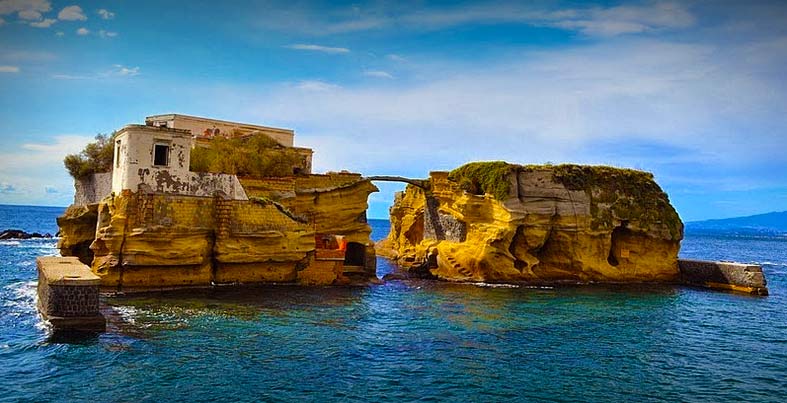
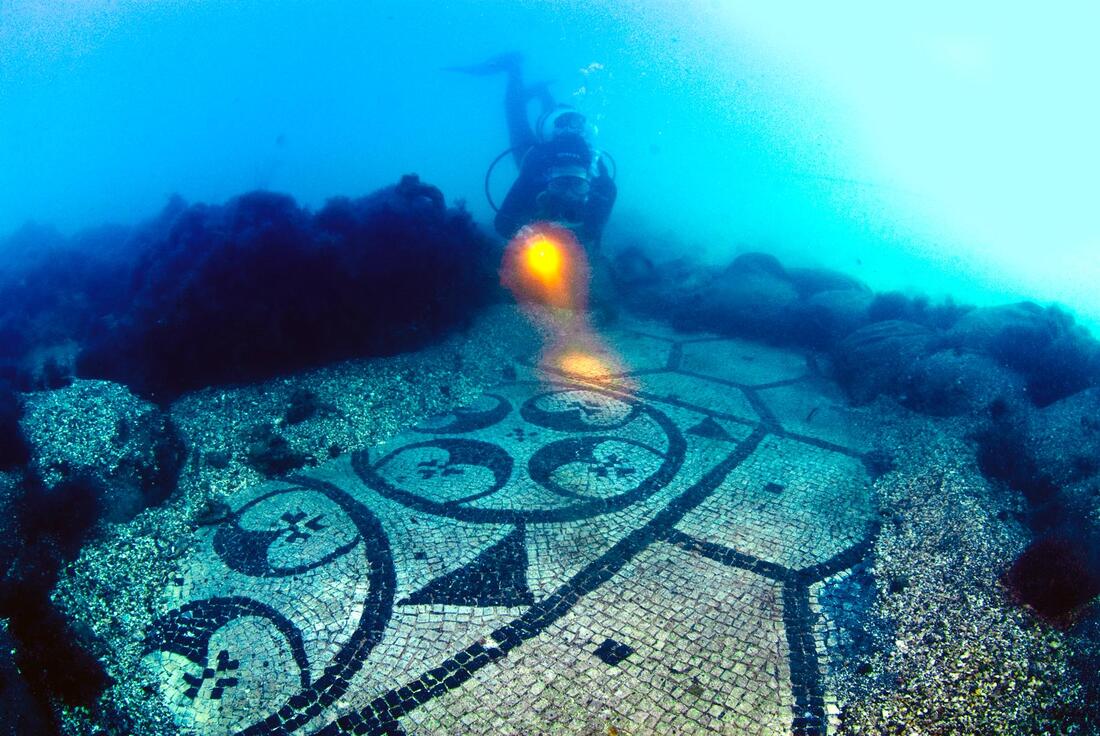

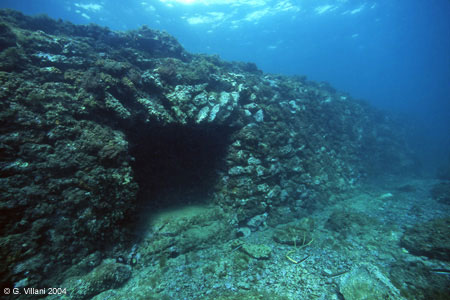
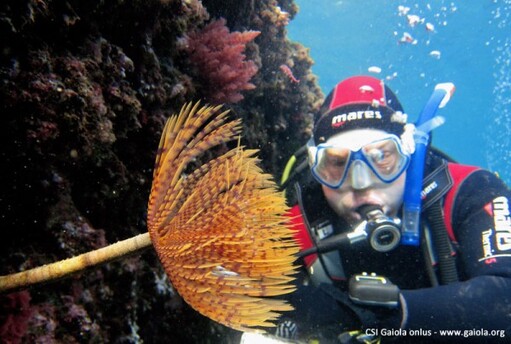
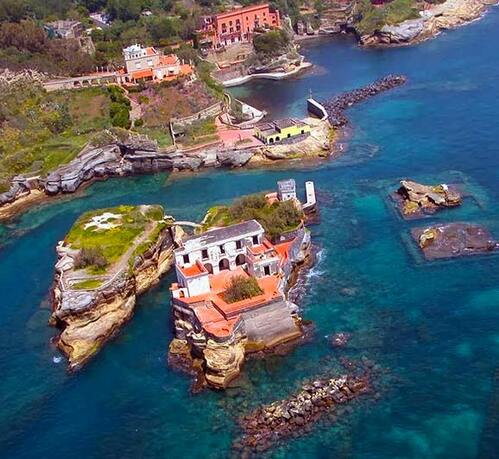

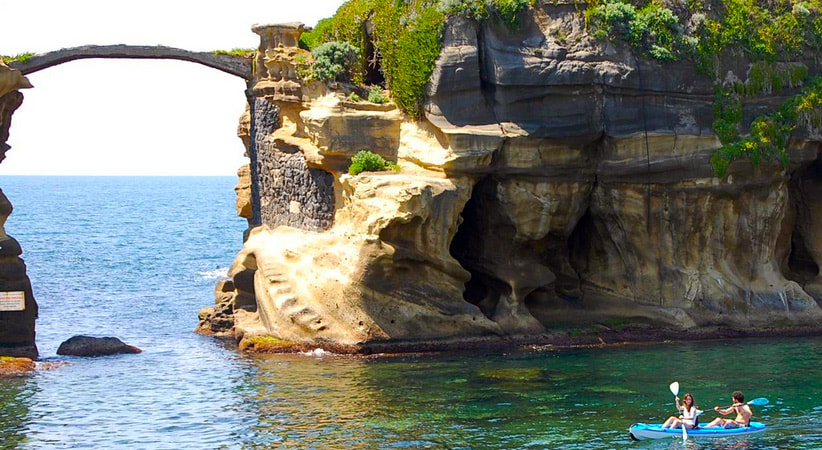
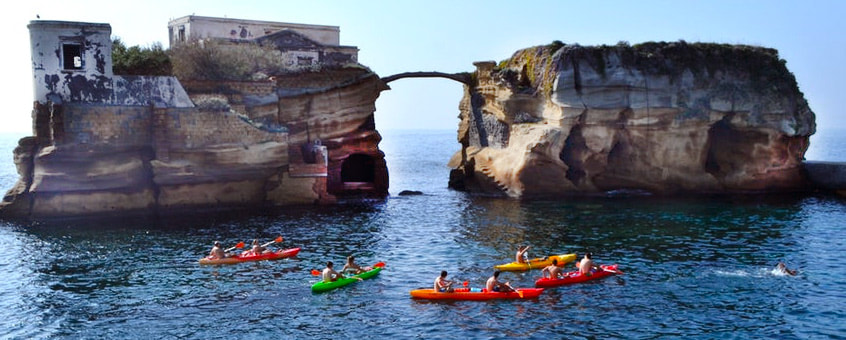
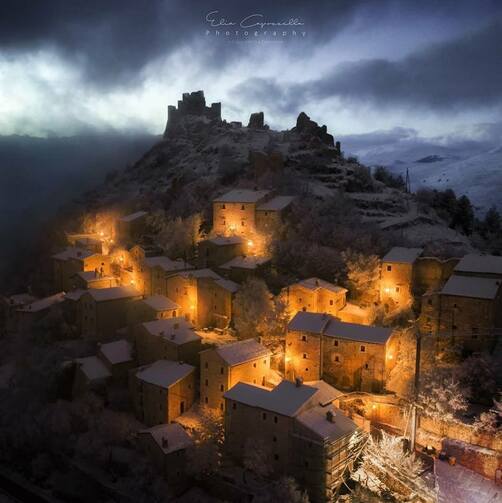
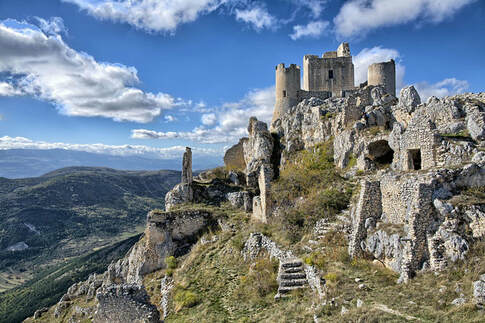
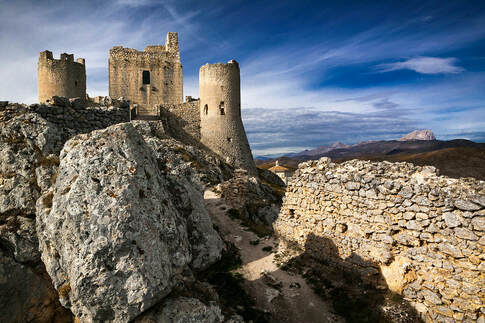
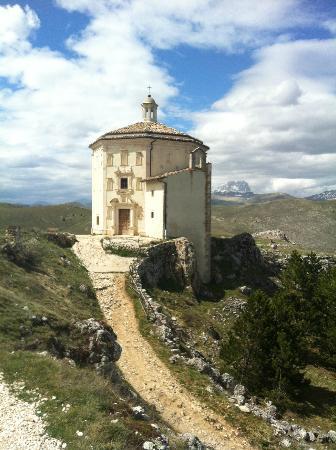
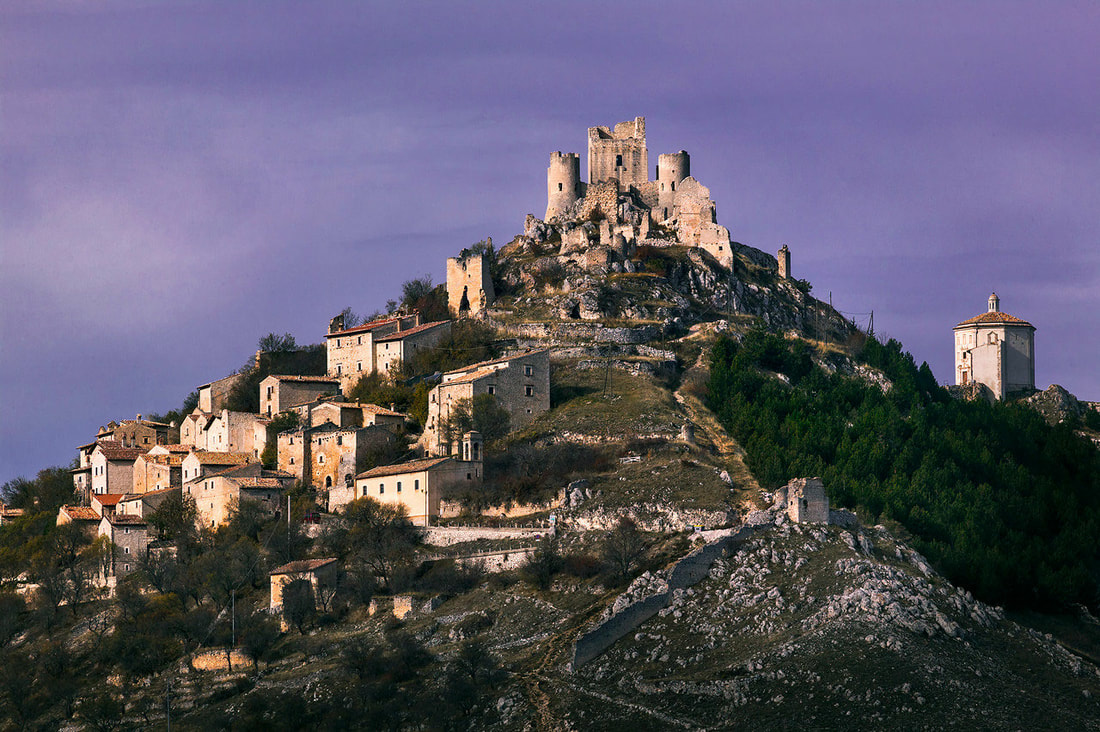
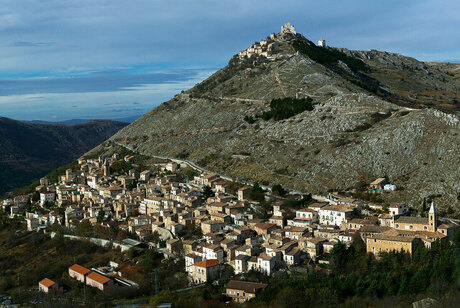
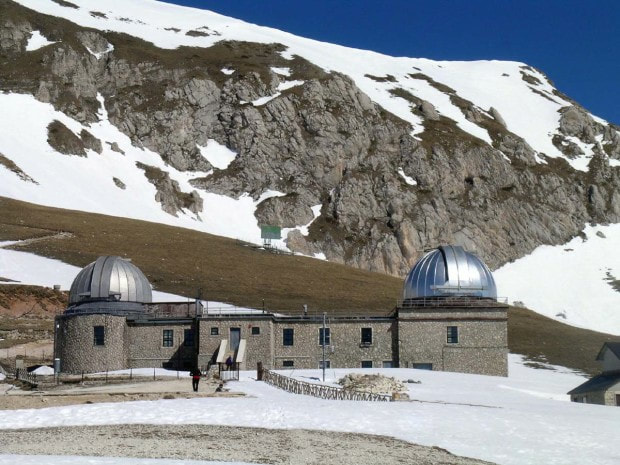
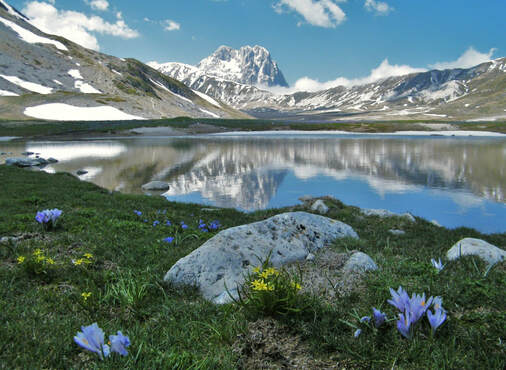
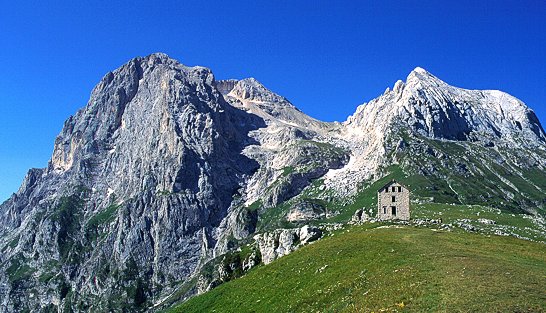
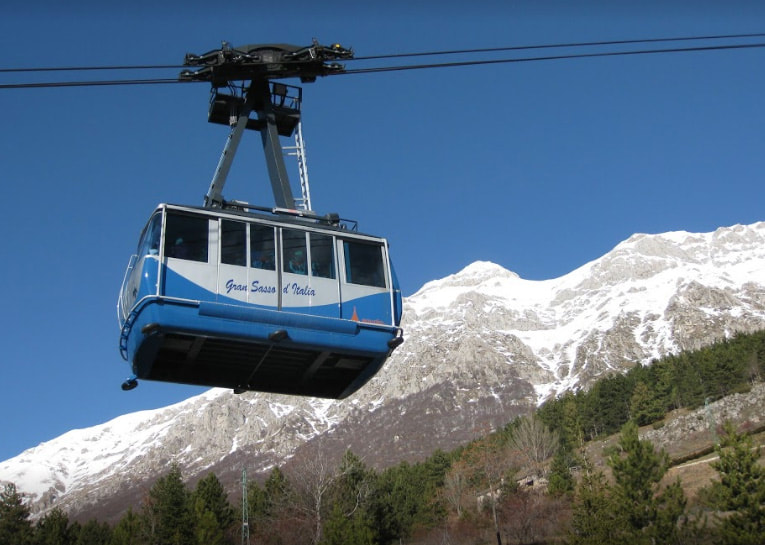
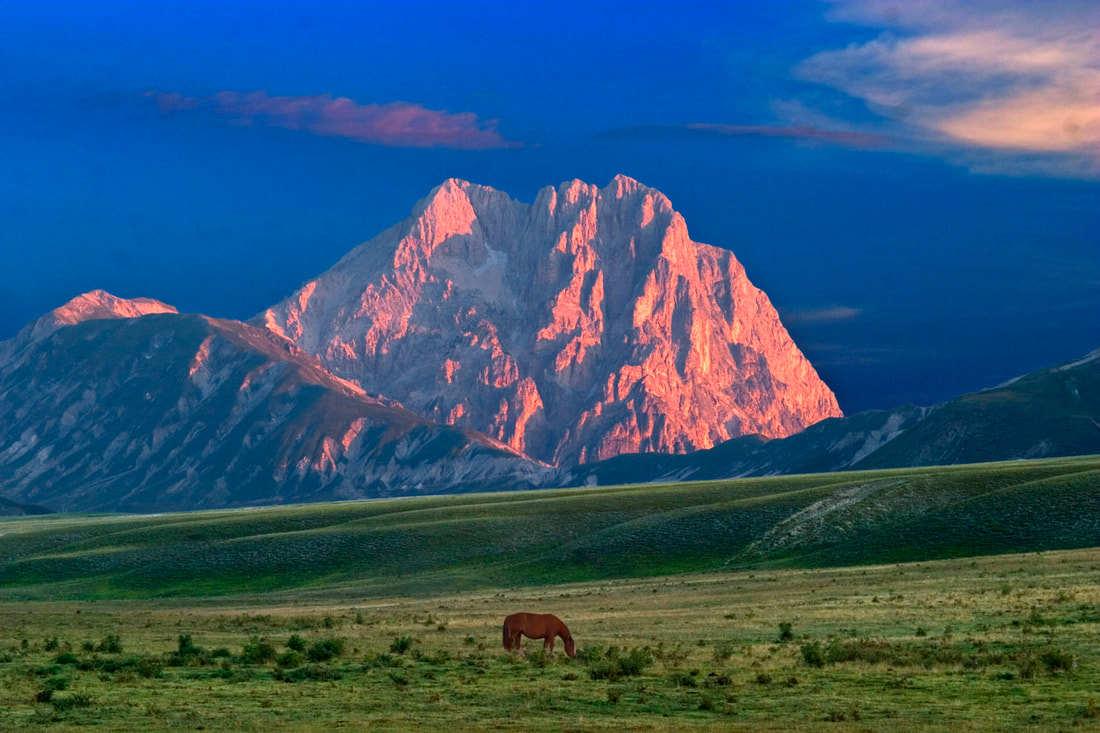
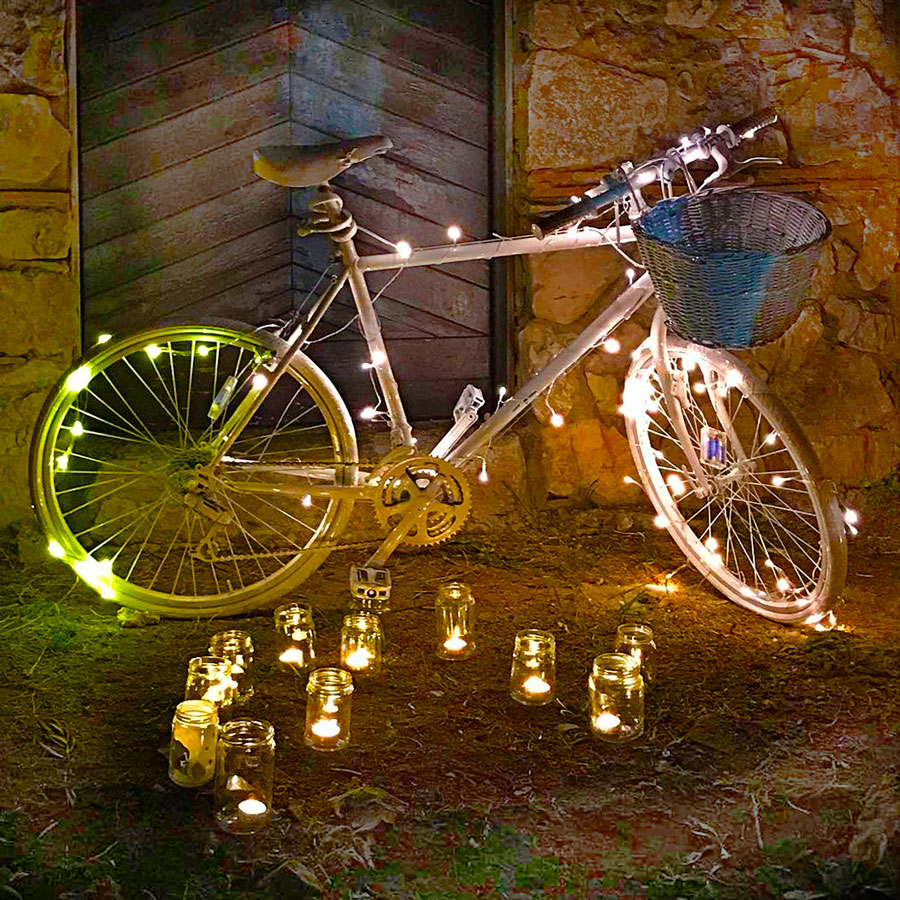
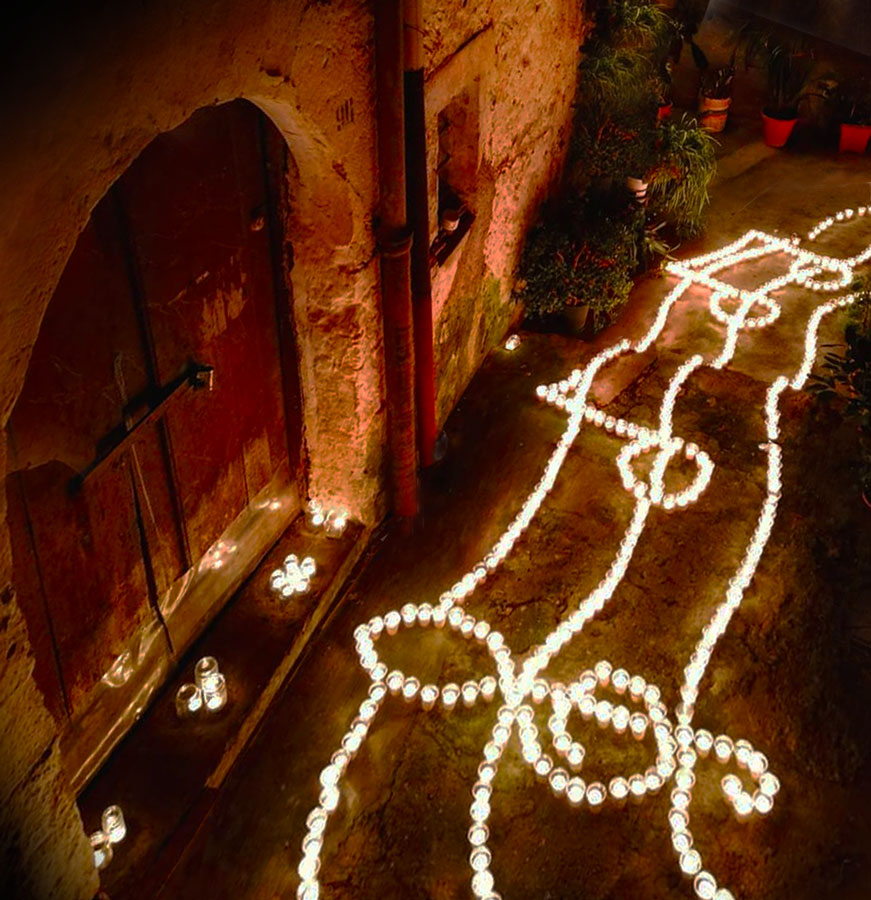

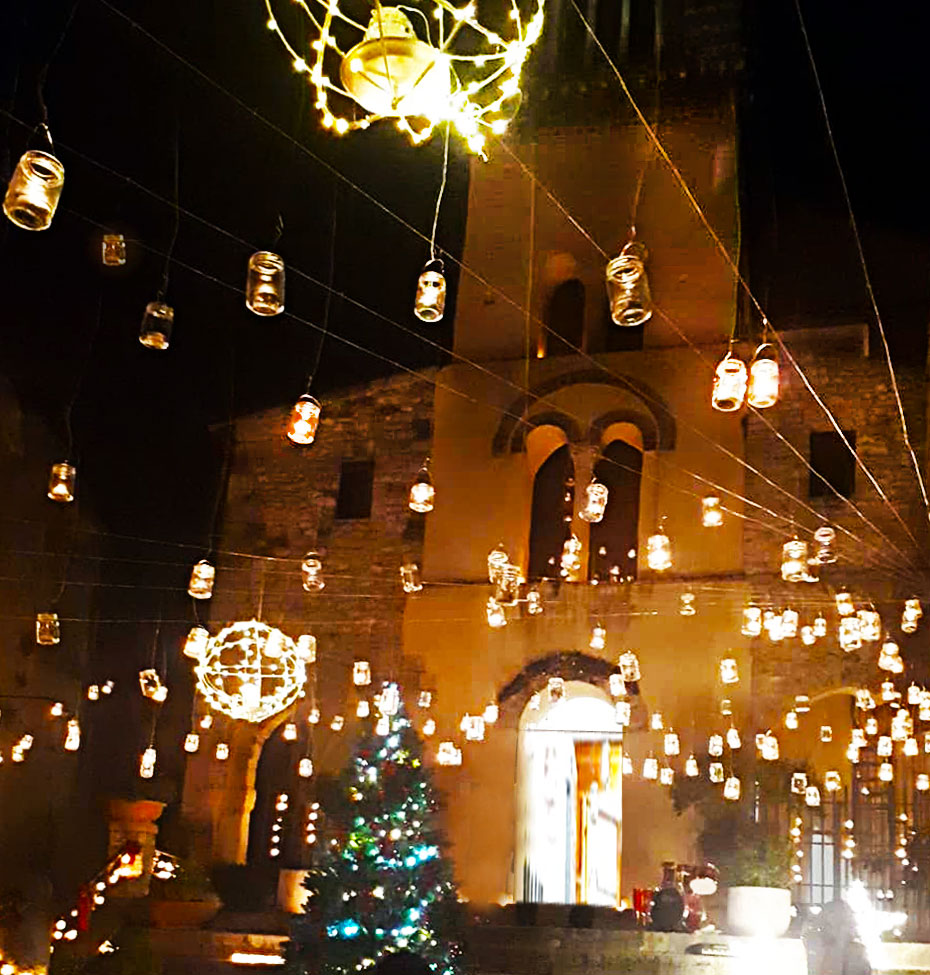
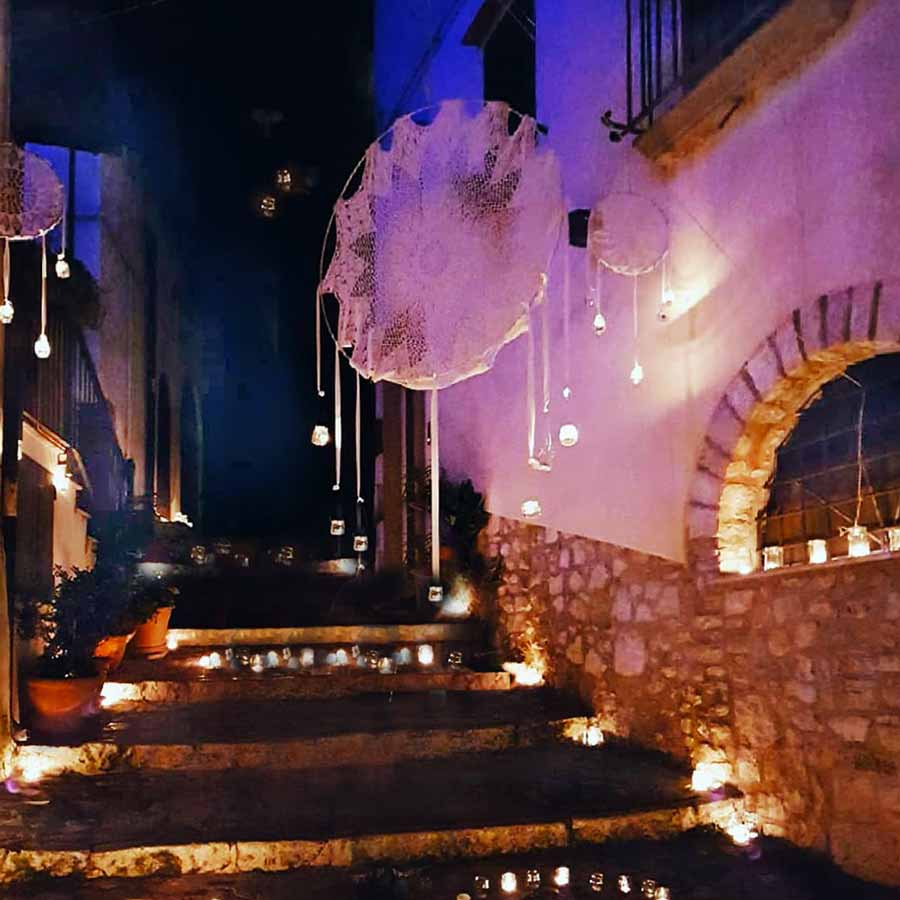
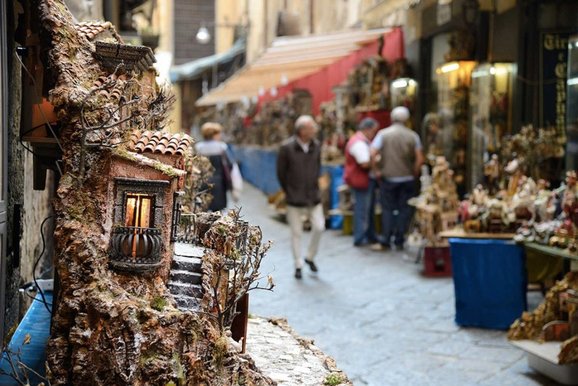
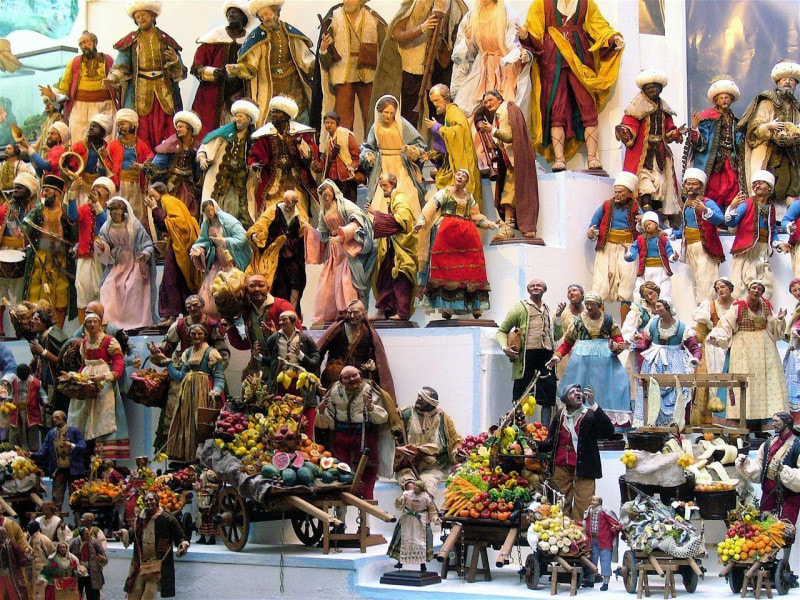
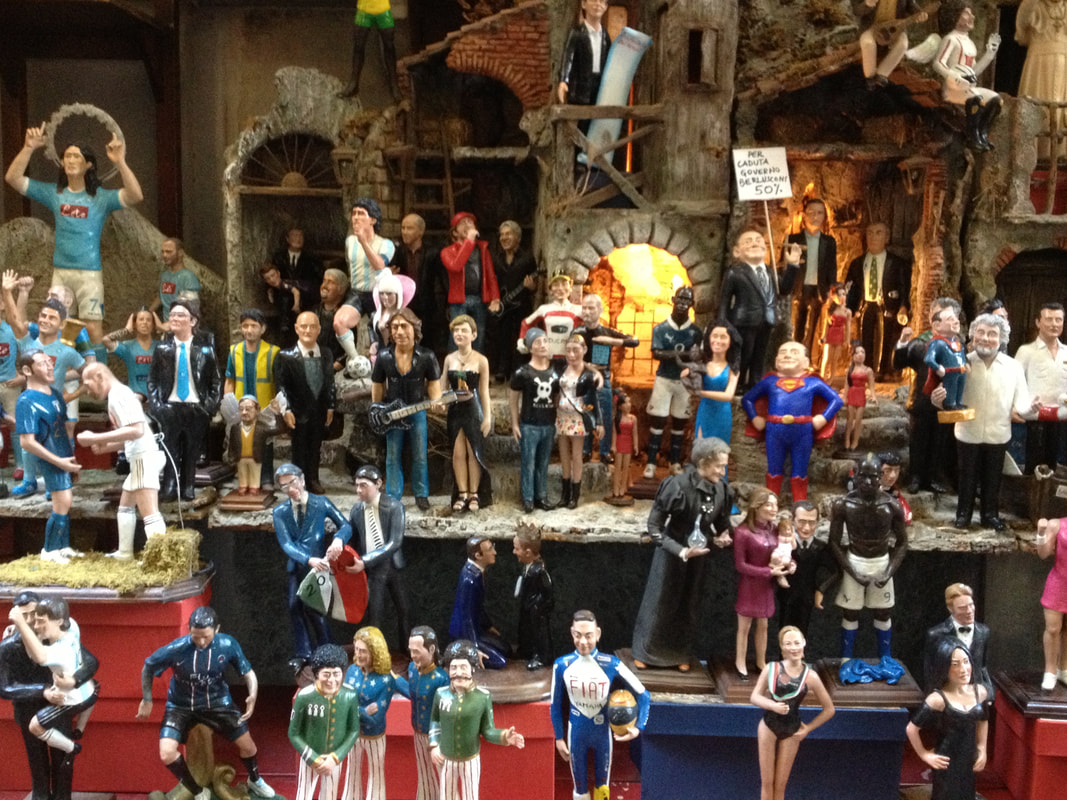
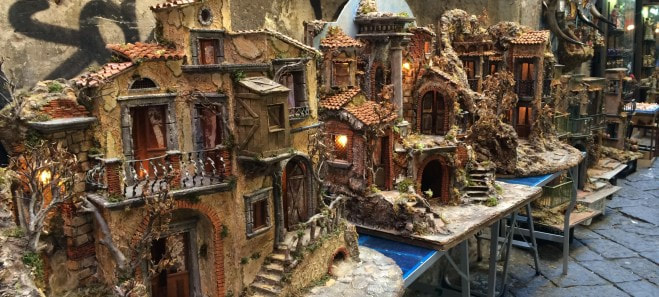
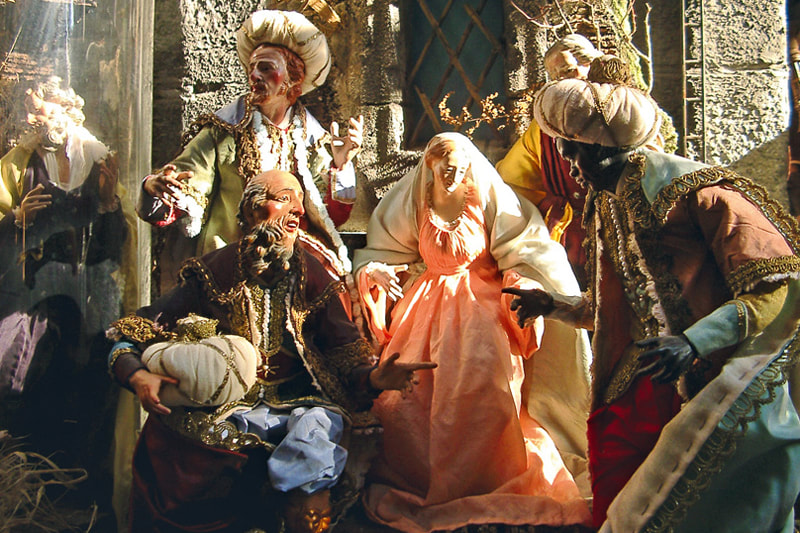
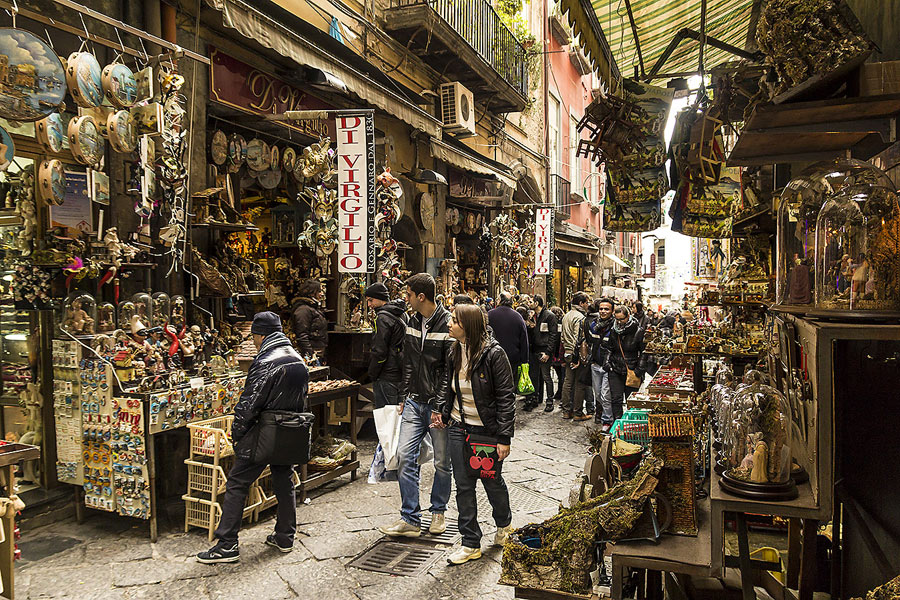
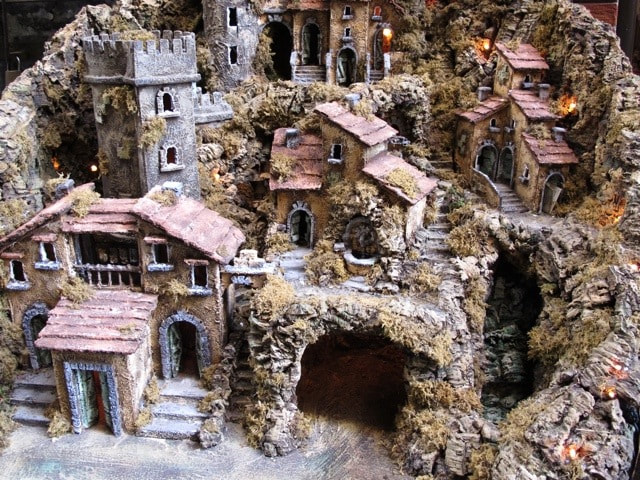
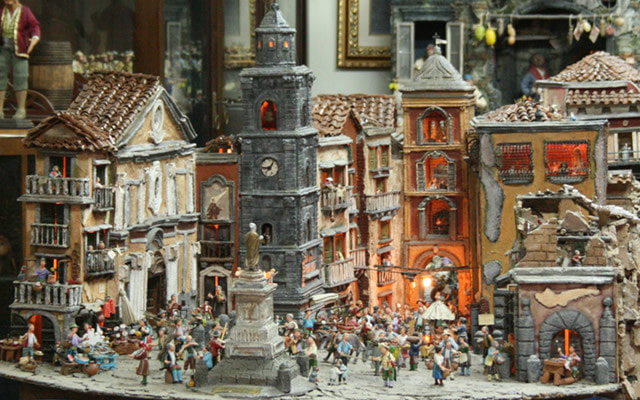
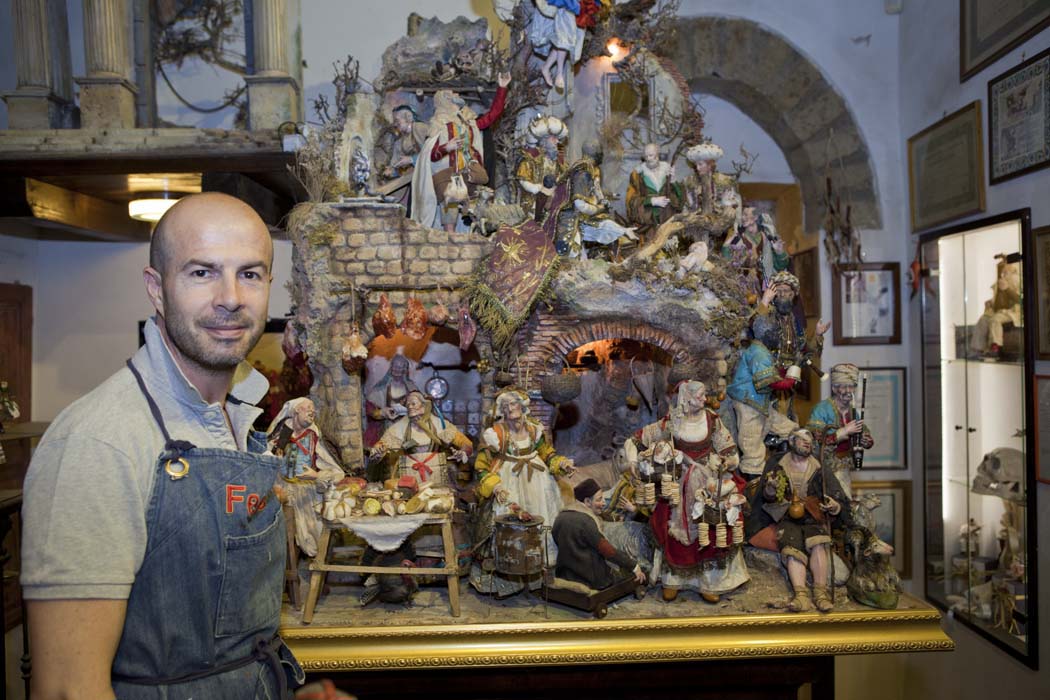
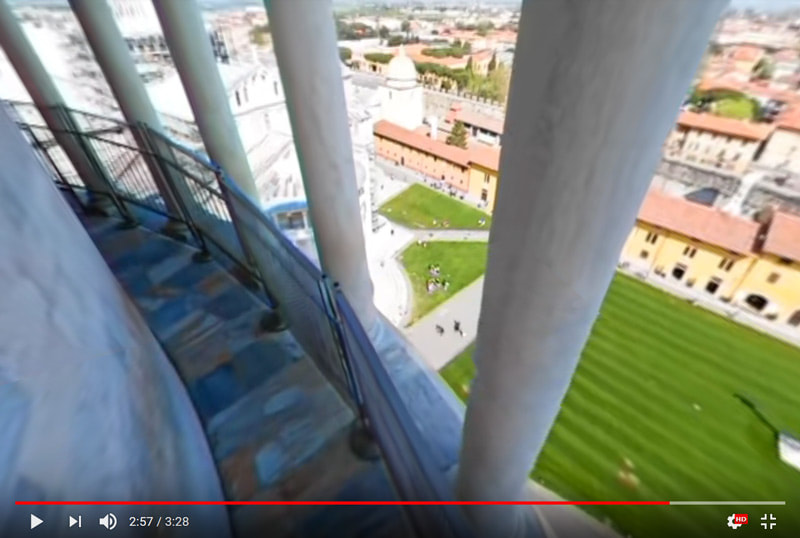
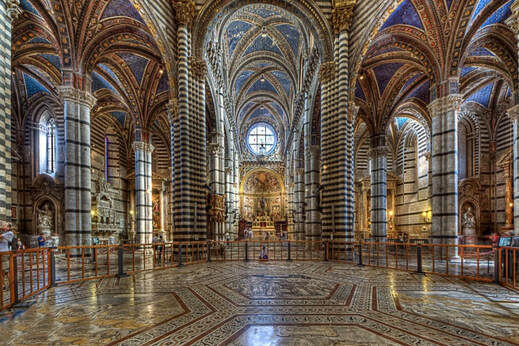
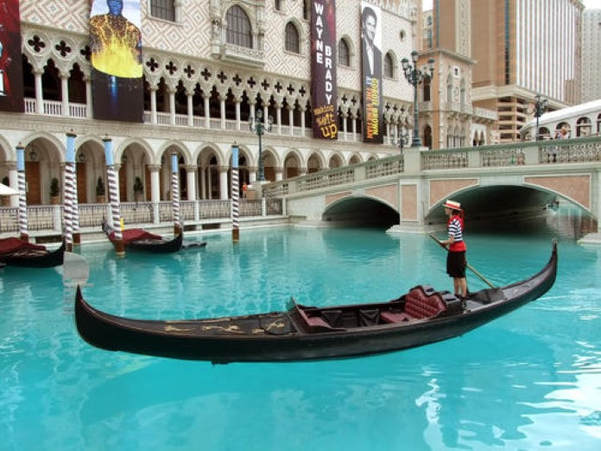

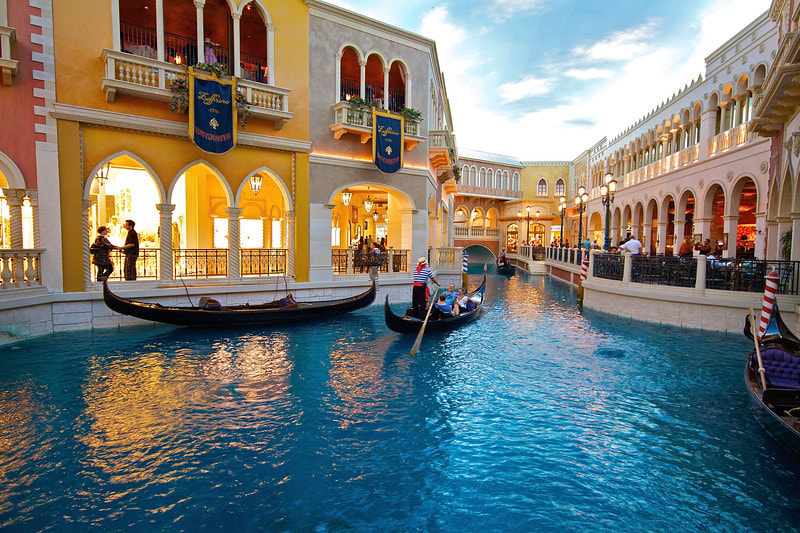
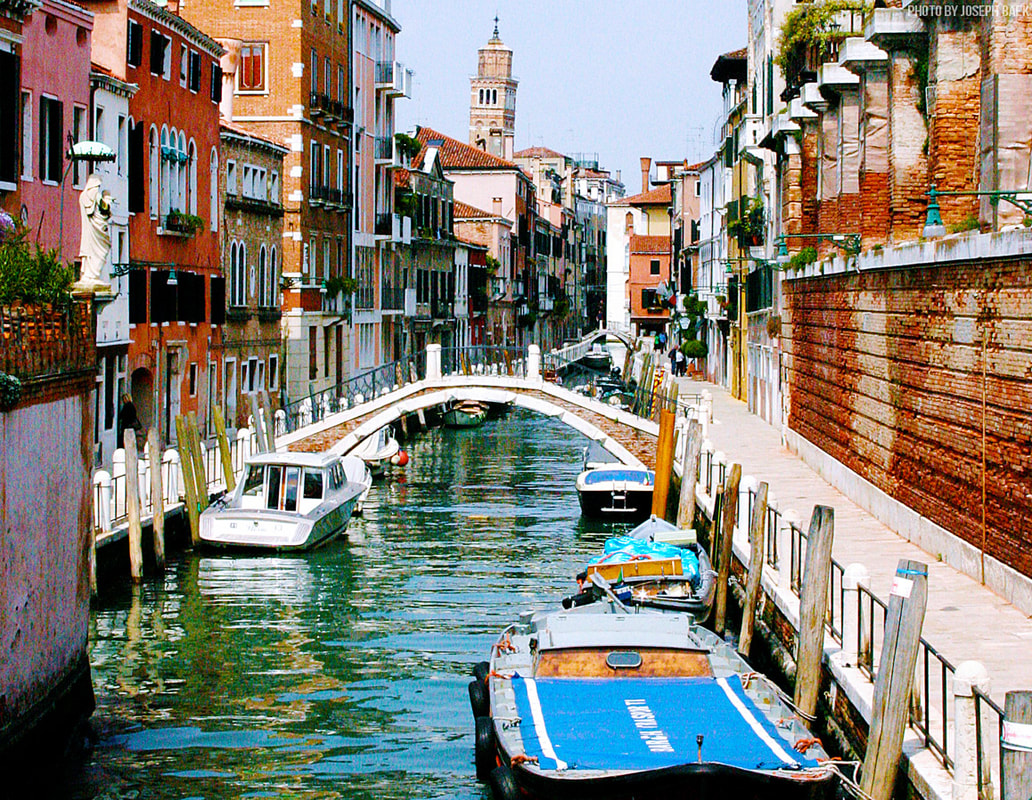
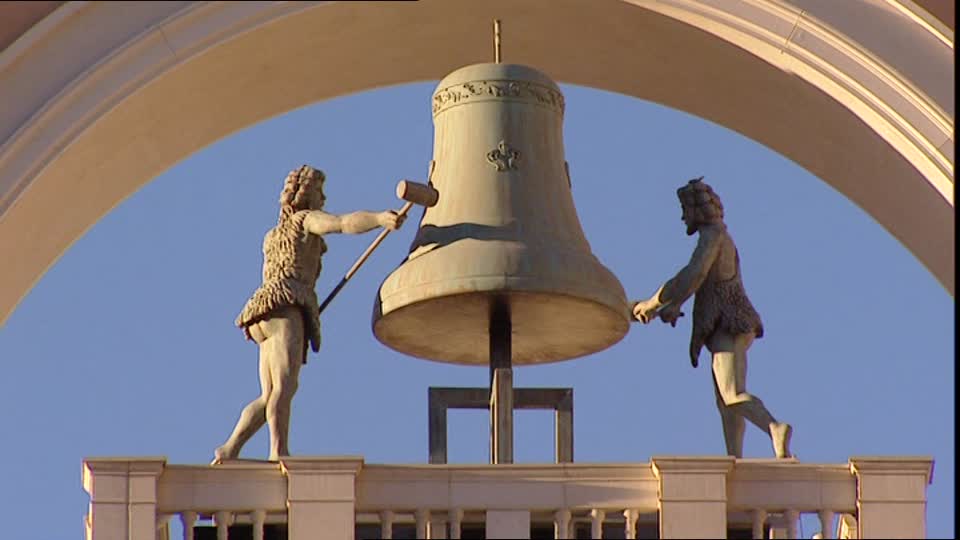
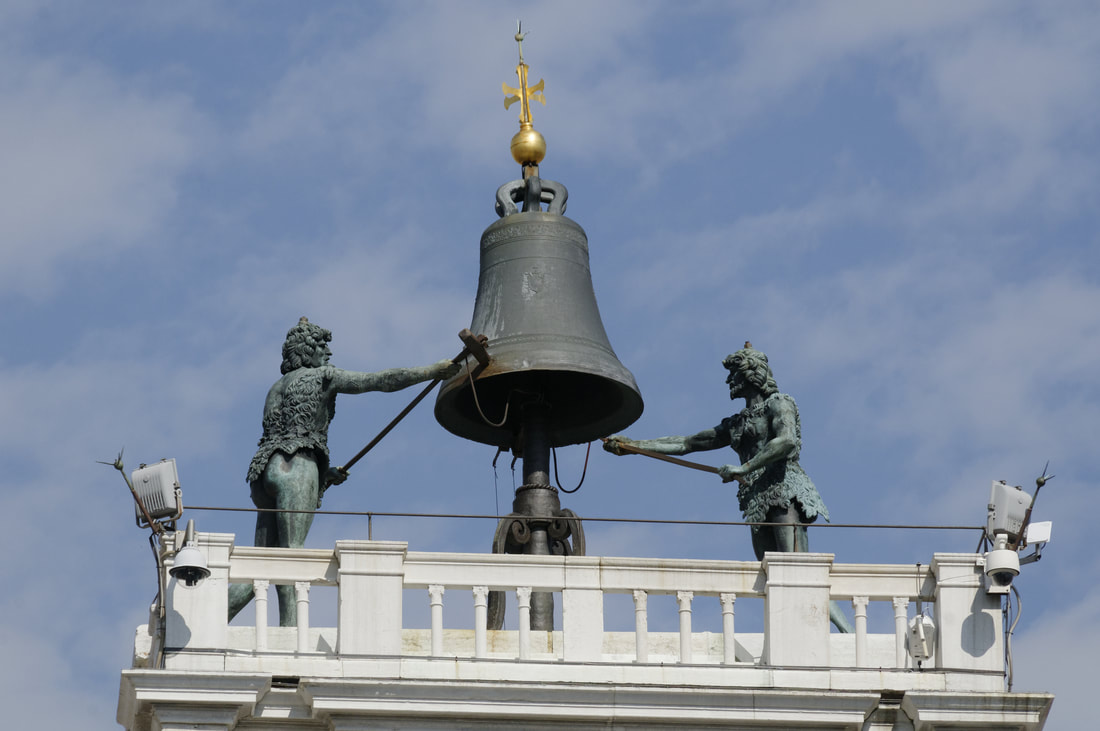
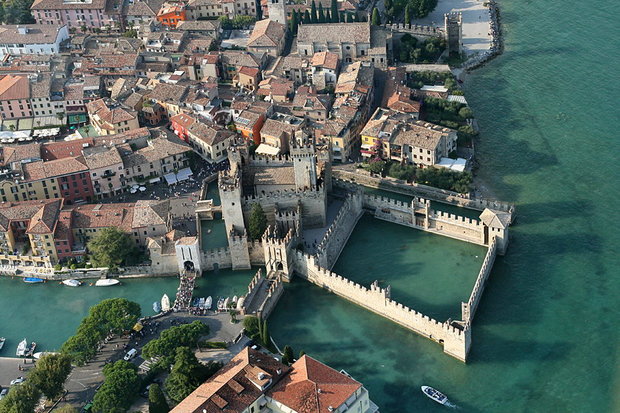
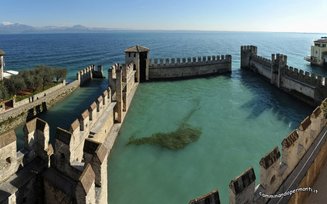
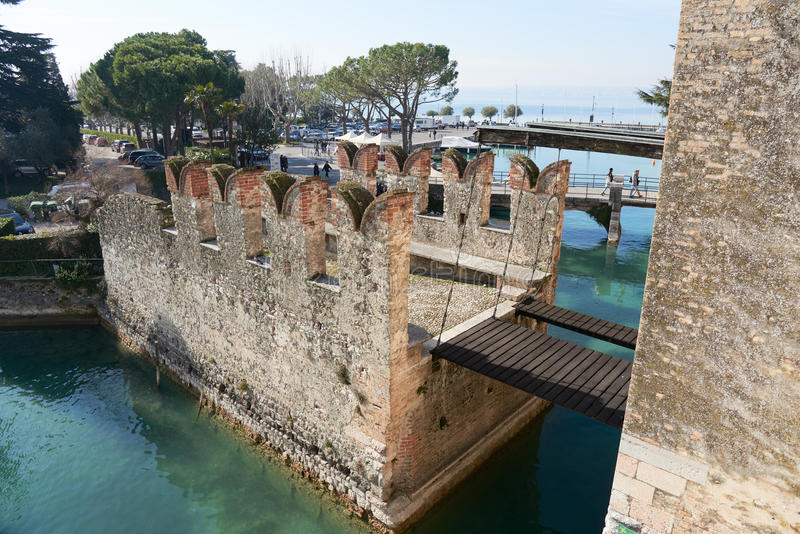
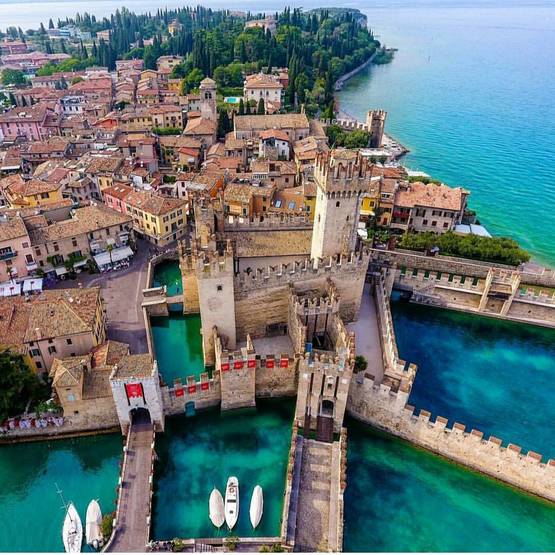
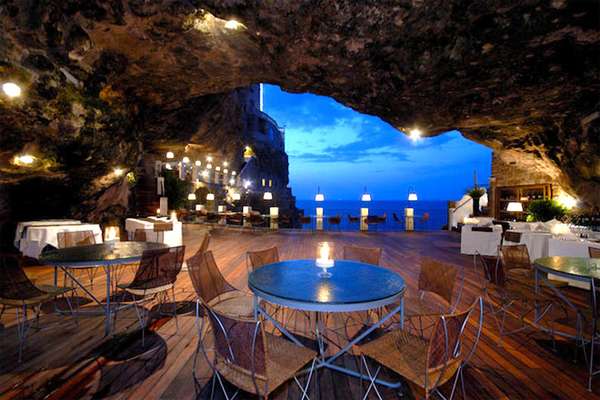


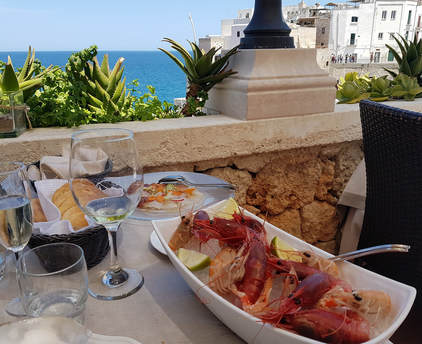
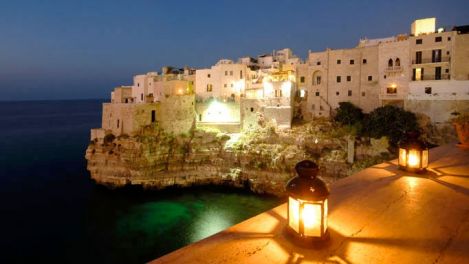

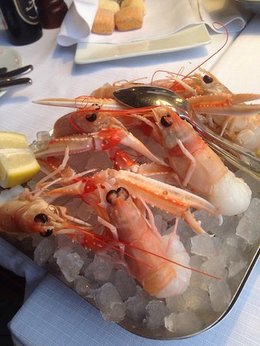
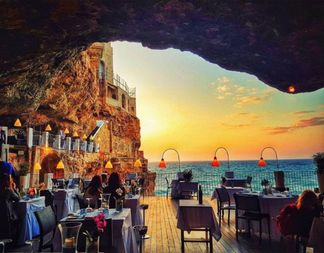

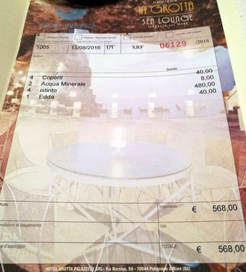
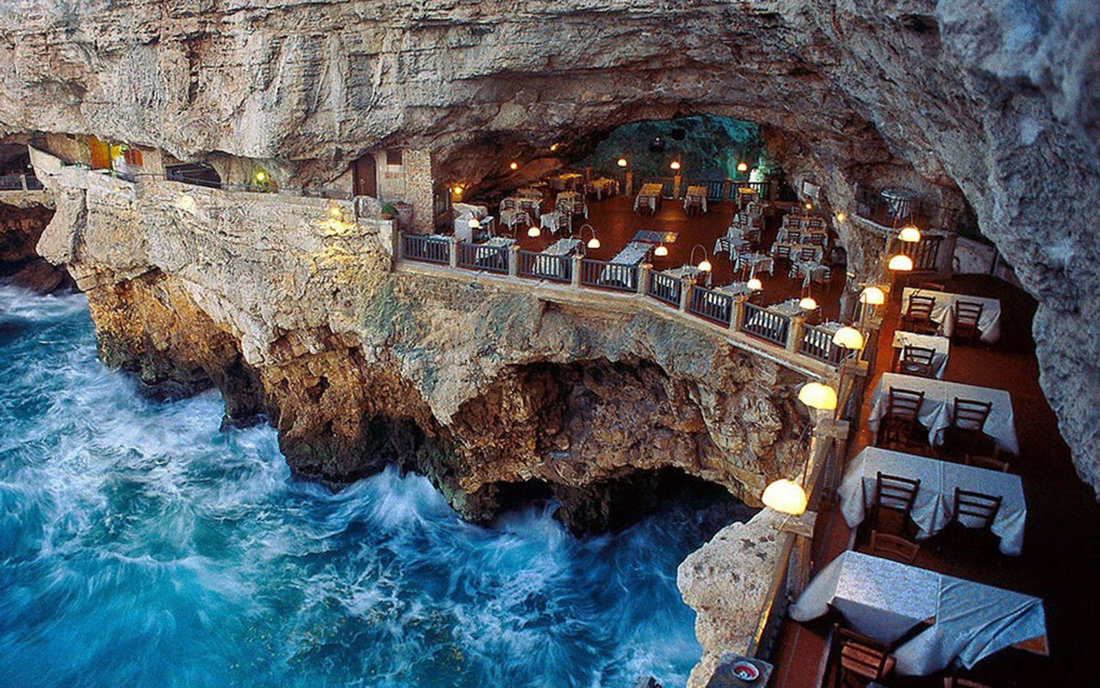
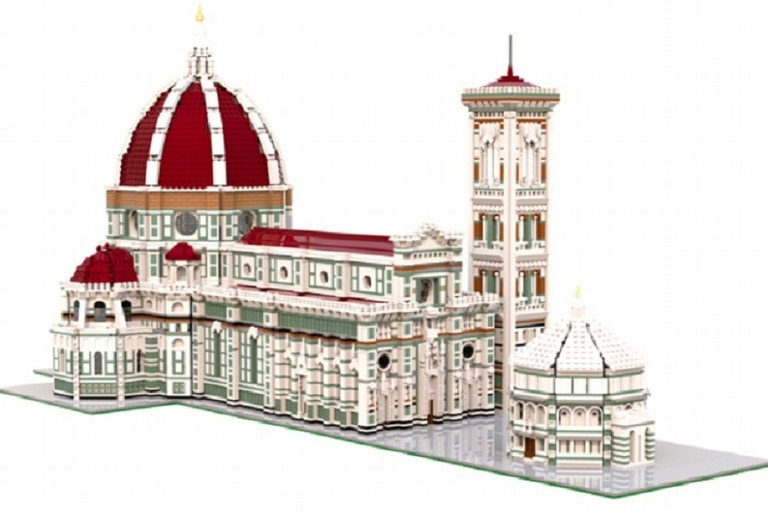

 RSS Feed
RSS Feed
